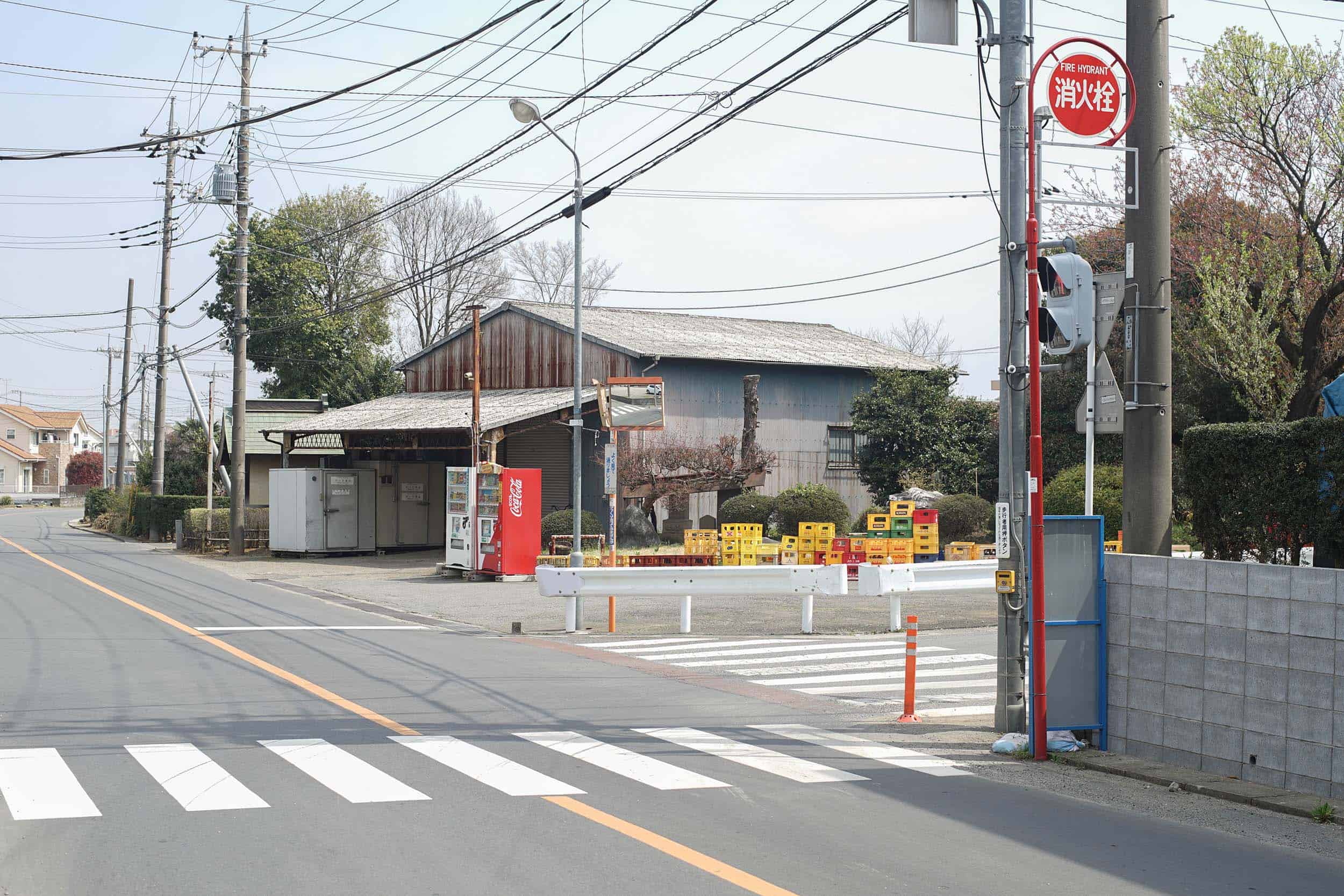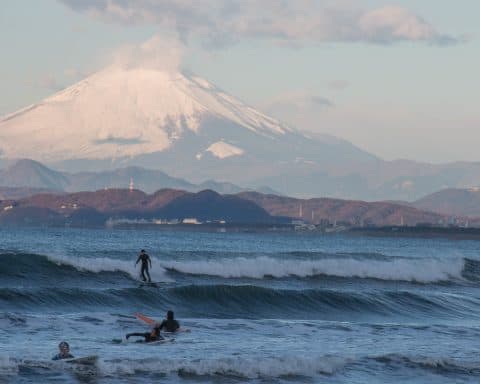I’d like to consider myself pretty good with directions, even without a smartphone. In fact, I’m confident I could find my way around foreign cities without speaking a word of the language. Every place has a standard address format, right?
In Japan, individual streets have no names. Instead, areas are recognized by numbered blocks. This allows people to quickly and conveniently find the area they’re searching for.
However, the Japanese address system isn’t as outdated as you might think. As we’ll explore in more detail later in the article, the fact that Japan has no street names doesn’t really affect someone’s ability to find a certain location.
“What’s the address of my family home?”
Every time I’ve spent a prolonged period in Japan, I stay at my girlfriend’s family home. It’s not exactly out in the middle of nowhere, but at the same time it’s a good walk to the train station, or as we normally do, a taxi ride.
When her 爺 (Jiji – Grandfather) picks up the phone, he states something along the lines of “It’s the Konno’s”. Absolutely no mention of an address. When I first heard those words spoken, I assumed it was because of the frequency of use that they knew us by name, now I think it has to do with Japan’s rather peculiar address system.
Similarly, if we are returning from the station to the house, my girlfriend will direct the driver to drop us off just outside the high school. Because streets don’t have names, you can’t tell the taxi driver to go to a certain street.
At face value, that sounds stupidly annoying and extremely hard to navigate around, especially if you’re a tourist. But, as we’ll find out later, it’s not as silly as it seems.
Why does Japan have no street names?
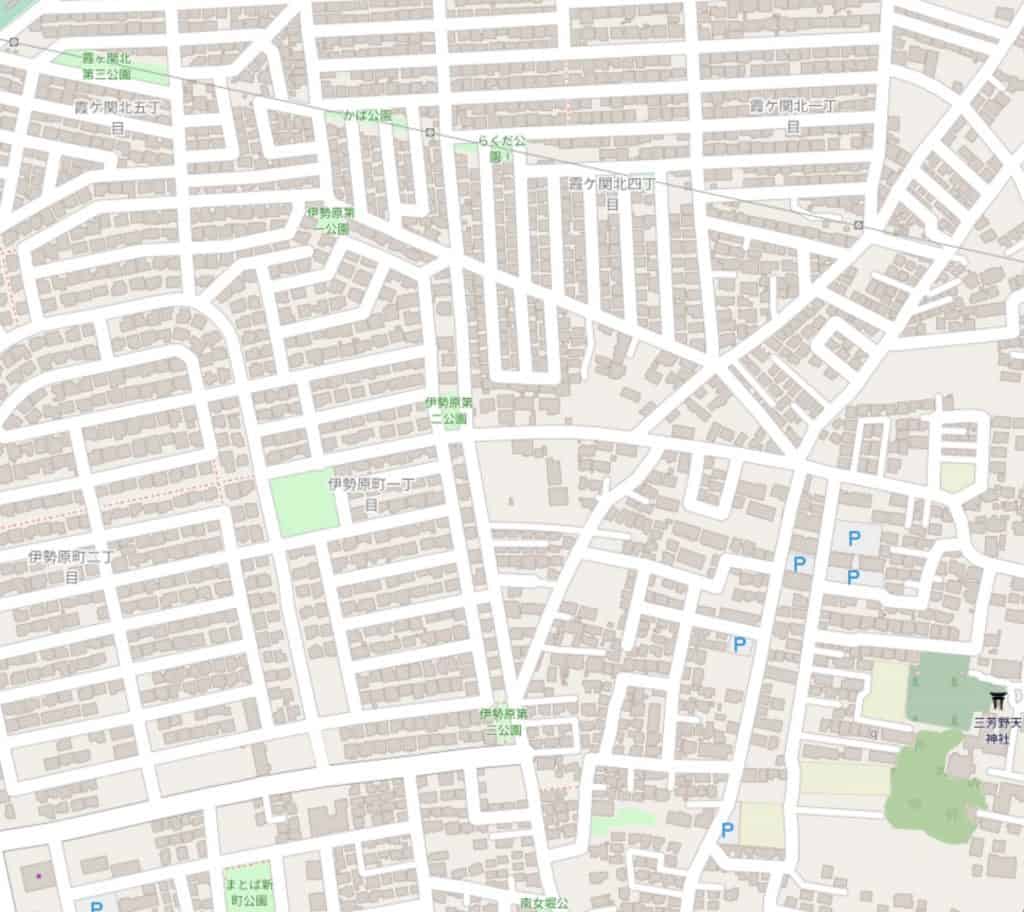
Take a look at the map above. It’s a prime example of how few and far between road names are in Japan.
So why are there no road names in Japan? Because there simply doesn’t need to be. Instead of using street names, Japan uses a block numbering system. Unfortunately, I’m unable to find a map that details these blocks, but it shouldn’t be too hard to imagine. Each collection of houses on a map (similar to the one above) will be given a number so anyone looking for the location of a house will know which area to look in.
In almost all cases, these blocks of houses aren’t too big which is great for giving an accurate location. Compare this to huge roads, and you’ll start to see the benefits that block numbers have.
The Japanese address system
Before we delve further into the reason Japan has no street names, it’s important to first understand the way in which Japan structures its addresses.
〒100-8994
Tōkyō-to Chiyoda-ku Marunouchi 2-7-2
Tōkyō Chūō Yūbin-kyoku
For this address, which happens to be Tokyo Central Post Office, we start with the postcode (ZIP code). The little symbol before the ZIP code,〒, is the Japanese postal mark symbol. 100-8994 is the ZIP code.
Tōkyō-to – The City
Chiyoda-ku – The Ward
Marunouchi 2 – The District
7-2 – The block and building number
Tōkyō Chūō Yūbin-kyoku – Tokyo Central Post Office
So, while Japan doesn’t have street names, it does have a very specific and rather in-depth address system. That doesn’t entirely mean it’s “Confusing” but for someone who doesn’t speak Japanese, and hasn’t been shown how it differs from western systems, it won’t seem straightforward.
Also, note that with Japanese addresses, the postcode comes first which is not similar to the western system. That said, there are places that are starting to adopt this newer way of thinking. Whether you’ll come across it during your stay in Japan though, probably not.
The big problem with street names
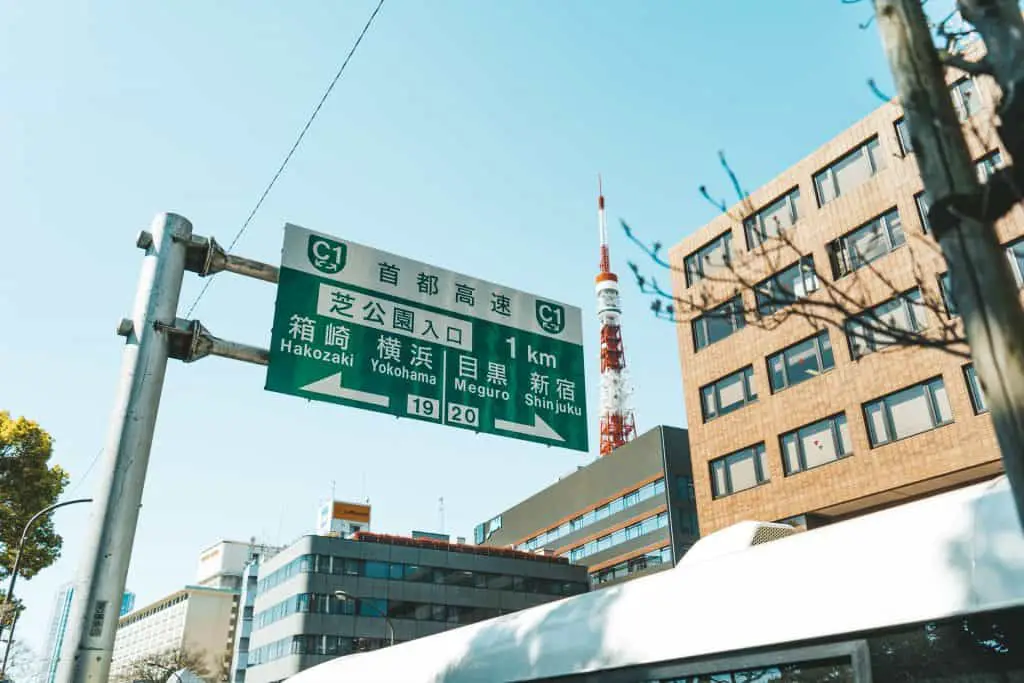
One argument that can be made in favor of no street names is ambiguity. You may tell your friend to meet you at ‘Ramen Ave’, but that street could be a thousand meters or longer.
With the Japanese address system, you’ll only have to specify the block number to give the other person a pretty accurate idea of where you are. The block might be big, but you know you’re in the right area.
Japanese house numbers
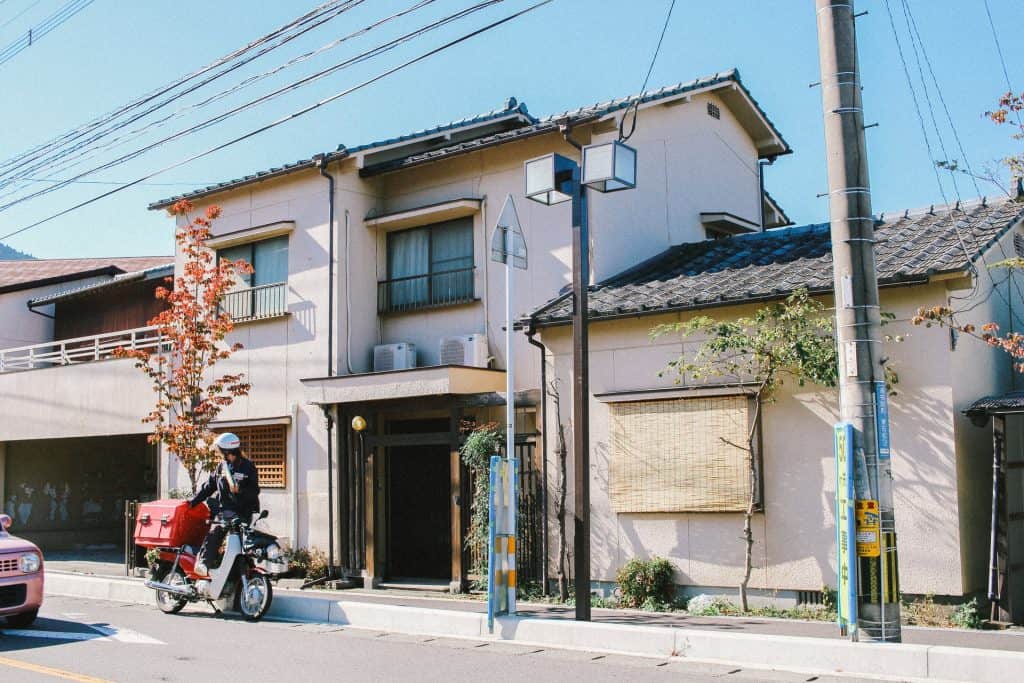
Houses and buildings in Japan do have numbers, but they aren’t as helpful as you might think.
Here in England, we have all the even numbers on one side of the road, and all the odds on the other. That way, you’ll know which side of the road to look at for depending on the number.
Japan, as always, does things a little differently.
Instead of numbering their buildings in chronological order from one side of the block to the other, they chose the numbers based on when each building was made.
That means although it is necessary to know the number of a building, especially for deliveries, they aren’t helpful for finding a place faster. Building numbers 1 and 2 might be on opposite sides of the block from each other.
Exceptions to the rule – Main streets
While the vast majority of streets don’t have names, there are still a few places that do have them. Most of these are main streets, famous streets (like Takeshita street in Harajuku), or just anomalies that defy the rule.
However, even though these roads have names, they are unlikely to be used by the postal service or other people when locating that specific area. Finding out what number block a place is on, rather than the name is still the prevailing location method across the entirety of Japan.
So, is having no street names an issue?
Nope! It’s just… Different!
I can understand why it might seem like an issue if you’re traveling in Japan, or even just an oddity as an outside observer from your own country.
The truth is, it doesn’t affect anything from day to day life. Sure, you’ll have to understand it if you plan on living in Japan, but for the average tourist, it’s not likely to affect your trip and is not something you’ll have to worry about.



